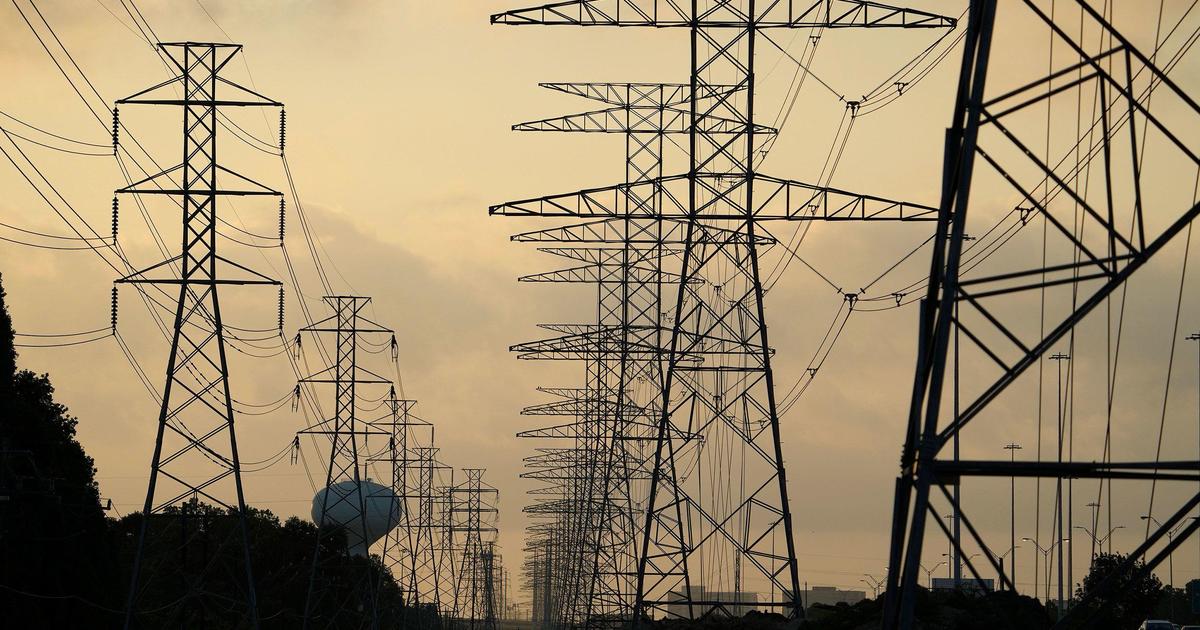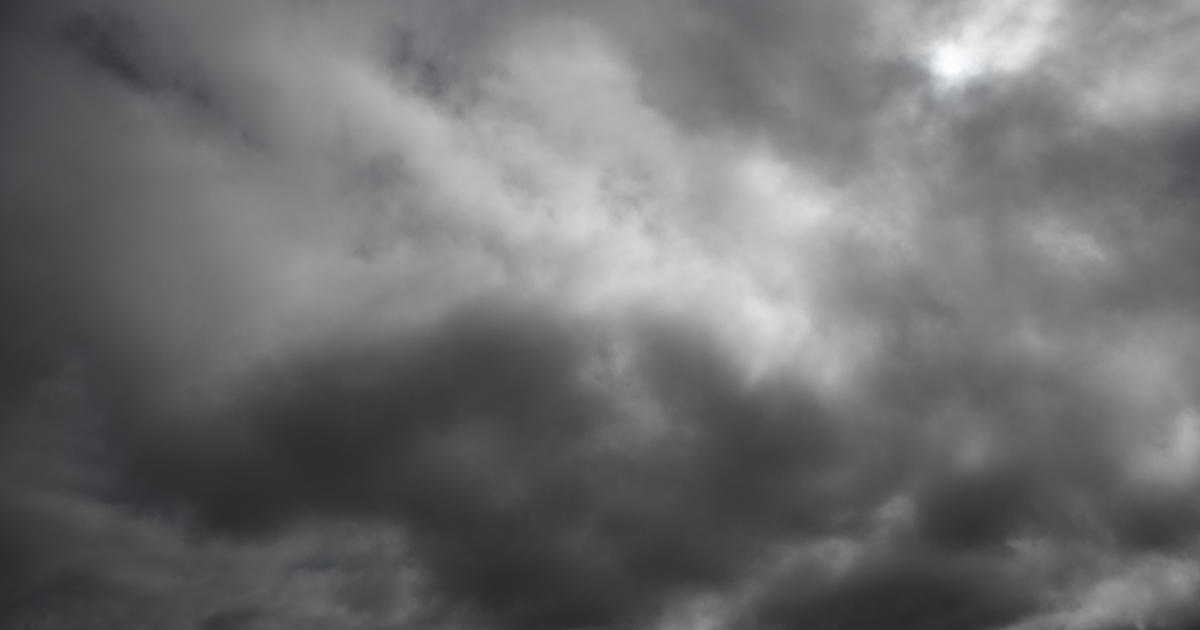Stargazers Preparing For Leonid Meteor Shower This Weekend
NORTH TEXAS (CBSDFW.COM) - It's the time of year when stargazers look to the heavens to catch a glimpse of a falling star as the annual Leonid meteor showers will be peaking Saturday through early Monday morning November 16-18, weather permitting.
Due to the full moon, this year's display may not be as visible. However, that does not mean that you cannot see any shooting stars.
UNT's Director of Astronomy Ron DiIulio spoke with 1080 KRLD's Marlee McCormick about the show in the sky.
UNT's Director of Astronomy Ron DiIulio
Projections from Universe Today suggest that there will be two peaks of activity - one at 4 a.m. CST on Nov. 17 and the second at 10 a.m. CST. 10 to 15 meteors are typically visible per hour.
Most meteor showers are spawned by comets. When a comet orbits the Sun it sheds an icy debris stream along its orbit. Meteor showers are named for the constellation that coincides with this region in the sky, a spot known as the radiant.
The Leonid meteor shower is named after the constellation Leo, which will be in the eastern sky after midnight, and is associated with the comet Tempel-Tuttle.
The meteors will tend to radiate from the stars that represents the Lion's mane.
The best way to view the meteor shower is to get away from the glow of city lights.
(©2013 CBS Local Media, a division of CBS Radio Inc. All Rights Reserved. This material may not be published, broadcast, rewritten, or redistributed.)
Latest News:
Top Trending:
- Woman Forced To Strip And Serve Jail Time For Overdue Ticket
- Veteran Wants Flag Vandals To Take Responsibility For Crime
- Lightning Strikes Man Twice At Rednecks With Paychecks
- Sleepy Driver Crashes Into Mattress Store
- Jerry Jones: 'London Could Be An Expansion'
- PHOTOS: Your Pet Pictures



